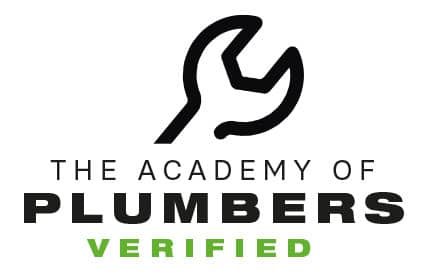Electrical equipment that is not properly maintained is not NFPA 70E compliant and, therefore, dangerous to personnel and business operations.
Guest Blog Post by James Godfrey, CESCP, Craft Electric & Maintenance.
James Godfrey, CESCP, has more than 25 years of experience in the electrical-contracting industry and is a licensed electrical contractor in Georgia. Godfrey is OSHA trained, NFPA certified and, for the past eight years, has been working as a preventive-maintenance and electrical-safety consultant with Craft Electric & Maintenance, Atlanta.
Since the release of the 2015 edition of NFPA 70E, “Standard for Electrical Safety in the Workplace,” there seems to be a tremendous push by companies to achieve compliance, and rightfully so. As noted in this standard, more than 2,000 people each year are admitted to burn centers with severe arc-flash burns.
NFPA 70E states that an arc-flash risk assessment shall be performed and shall determine if an arc-flash hazard exists. Arc flash is the result of an arcing fault that bridges the air gap between conductors such as phase to phase, phase to neutral, or phase to ground. In an article published in Safety and Health Magazine (August 2009) the most common cause of arc-flash accidents is human error. However, such things as the accumulation of conductive dust inside an enclosure and equipment failure, most likely the result of inadequate maintenance, can also cause these arc-flash events. In short, if electrical-equipment maintenance is neglected, something is going to blow. When that happens, it can be catastrophic.
OSHA CFR 1910.303(b)(1) states that electrical equipment shall be free from recognized hazards that are likely to cause death or serious physical harm to employees. Simply put, condition of maintenance must be considered. NFPA 70E states that electrical equipment shall be maintained in accordance with manufacturer instructions or industry-consensus standards to reduce the risk associated with failure.
The term “industry-consensus standards,” typically refers to a standard that has been accepted as recommended practice such as NFPA 70B, “Recommended Practice for Electrical Equipment Maintenance.” This standard addresses such things as development and implementation of an electrical preventive-maintenance program, recommended intervals for maintenance, testing and test methods, reliability-centered maintenance, and acceptance testing.
When having an arc-flash risk assessment performed and not addressing the maintenance component of an electrical safety program, some assumptions must be made. These include, but are not limited to, equipment that is operating properly, equipment that has been properly maintained, and condition of maintenance, as well as opening times of over-current protective devices.NFPA 70E states that over-current protective devices that have not been properly maintained can cause increased opening times, thus increasing the incident energy in the event of a fault in the electrical-distribution system. This creates a major safety concern for personnel and their interaction with energized electrical equipment, as well as lost revenue due to equipment failure. As a result, careful consideration must be given to the development and implementation of an effective electrical-safety program to maximize benefit and minimize cost. The arc-flash risk assessment can be a costly endeavor and the results obtained can be misleading or inaccurate because of improper or inadequate maintenance.
Surprisingly, a high percentage of facilities are not OSHA and NFPA compliant and have little knowledge of what it takes to be compliant in the area of electrical safety. Furthermore, some are doing very little in terms of electrical-equipment maintenance and are satisfied with having infrared scans done on the electrical panels because it has been recommended by their insurance company. Infrared thermography is very effective at identifying heat-related issues, but does not satisfy the requirement to maintain electrical equipment in accordance with manufacturer instructions or industry-consensus standards.
Infrared technology generally requires a direct line of sight to the target area, which raises another safety concern. Pursuant to the NFPA 70E requirements, the level of risk must be assessed before removing equipment covers and exposing energized conductors and circuit parts. To properly assess the risk, such things as available fault current and opening times of over-current protective devices must be considered.



